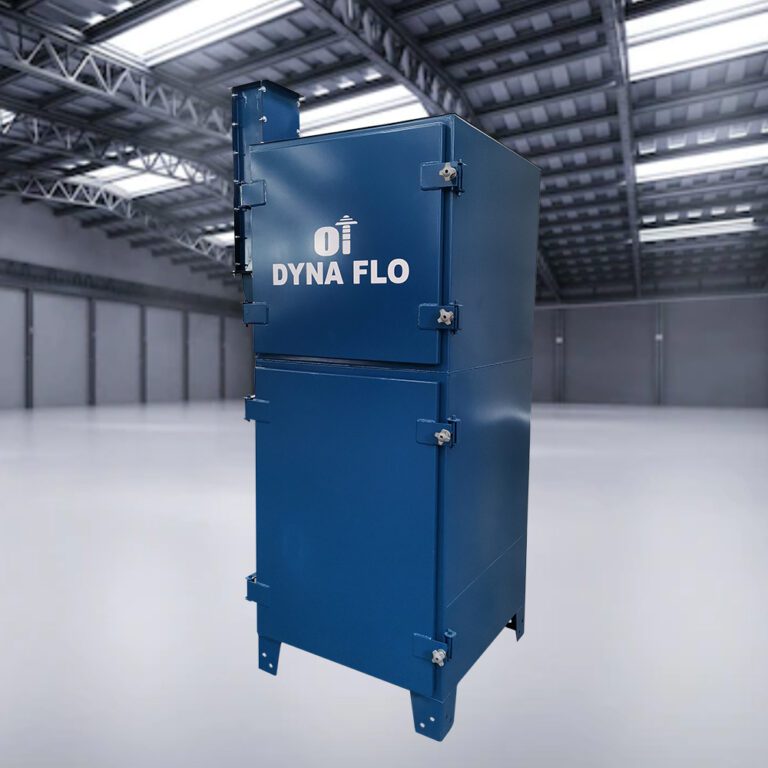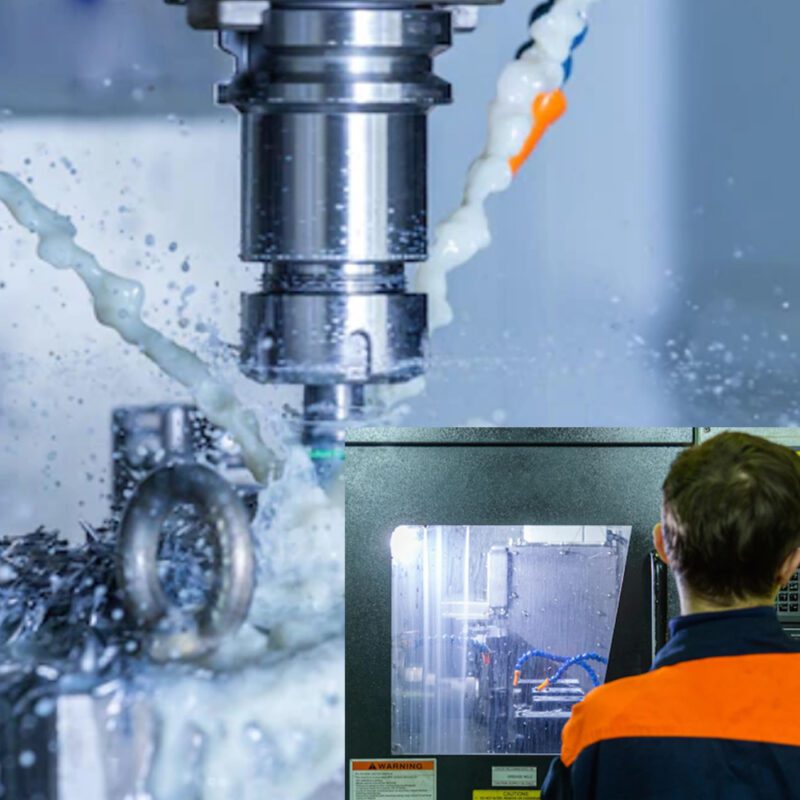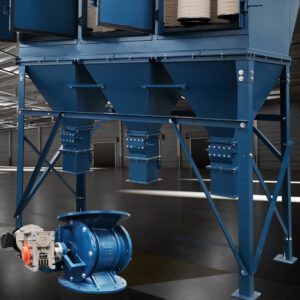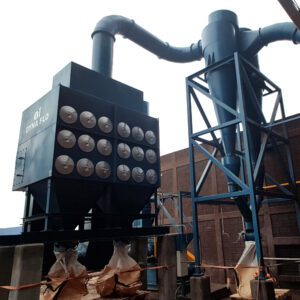
Neblinas de Aceite, CNC, tornos, procesos de maquinado, procesos de torno
Oil mists
In workshops where you work with specialized equipment such as CNC or lathes, it is required to use liquids such as water and oils, aerosols are also used in some of these machining processes, these must be controlled at the point where they are generated, preventing them from entering contact with workers.
How is oil mist produced?
Oil mists are normally generated when metals and bits come into contact during lathe, grinding or milling processes, this metal rose causes friction, which causes the temperature of both to rise , to avoid greater wear, they are lubricated with oil, which, when heated, reacts and vaporizes, the micro-particles of oil generated, disperse through the air, travel and adhere to objects, in addition, these can cause damage to equipment or accidents if not controlled correctly.

Safety and Health Protection
In areas where you work with CNC cutting, milling or grinding, it is very important to have mist collection equipment at the point of origin, with this, you can prevent workers from coming into direct contact with oily particles. , since you are being breathed they travel directly to the lungs and can affect their health.
Safety in the facilities is another factor for having this type of collection equipment. Oil particles can adhere to nearby equipment and cause a malfunction, as well as possible work accidents related to particles. of oily.
Versatility and Efficiency
The great versatility in the design and manufacture of mist collectors DYNA FLO®, allows them to be very efficient during their operation, our equipment being custom designed, can be used in reduced spaces, indoors or outdoors, directly at the point where the mists originate, that is, they can be placed next to the grinding machines , lathes or CNC.
Also, they can be placed at remote points with an atmospheric capture system in places where spaces are very reduced or obstacles are not allowed in the work cells.
Reducing the impact of pollutants on the environment is another benefit of having a mist collector. In Mexico there are regulations issued by the Ministry of the Environment and Natural Resources and STPS, in which it is established that companies that are dedicated to the transformation of raw materials, must have specialized equipment, which allows them to counteract the impact of production on the environment and take care of the health of employees.
DYNA FLO® Tips:
- Before making any modification or relocation of your dust collector, consult with us.
- If you require a reliable analysis to implement the best solution for dust control, contact us, we are ready to help you.
- Analyze the potential risks and possible risk scenarios in your company.
neblinas de aceite, CNC, tornos, procesos de maquinado, procesos de torno
Control oil mist in your company with our dust collectors!
Our dust collectors are specifically designed to capture and remove airborne oil mists from your work environment. These equipment use advanced filtration technology to efficiently trap and retain oil particles, thus reducing health risks and improving air quality in your plant or workshop.
polvos combustibles, colectores industriales, colectores para industrias, filtrado de neblinas, filtrado de humos, neblinas, niebla, empresas de ventilación industrial
Other articles of interest

Hoppers and Rotary Valves
A dust collector is made up of various parts that fulfill a specific function, all its components are made of very resistant materials, they must tolerate abrasions, high pressures and corrosion, such as deposit hoppers and rotary valves.

Industrial collectors and energy saving in the company
Una de las dudas más frecuentes, por parte de los directivos de la empresa antes de invertir en un sistema de ventilación como son los Colectores de Polvo Industriales es, ¿Cuánta energía consumirá?, ¿Podré ahorrar energía y por tanto dinero?, para poder justificar la inversión…

Features of a Dust Collector
Factories and businesses needed a specialized aspiration system for these particles, since the repercussions of these on the health of employees reduced their ability to work, making it difficult to breathe in work areas; Another factor was preventing dust or fumes from stagnating within the production areas. In the case of dust, it had to be prevented from accumulating and causing some type of accident.





